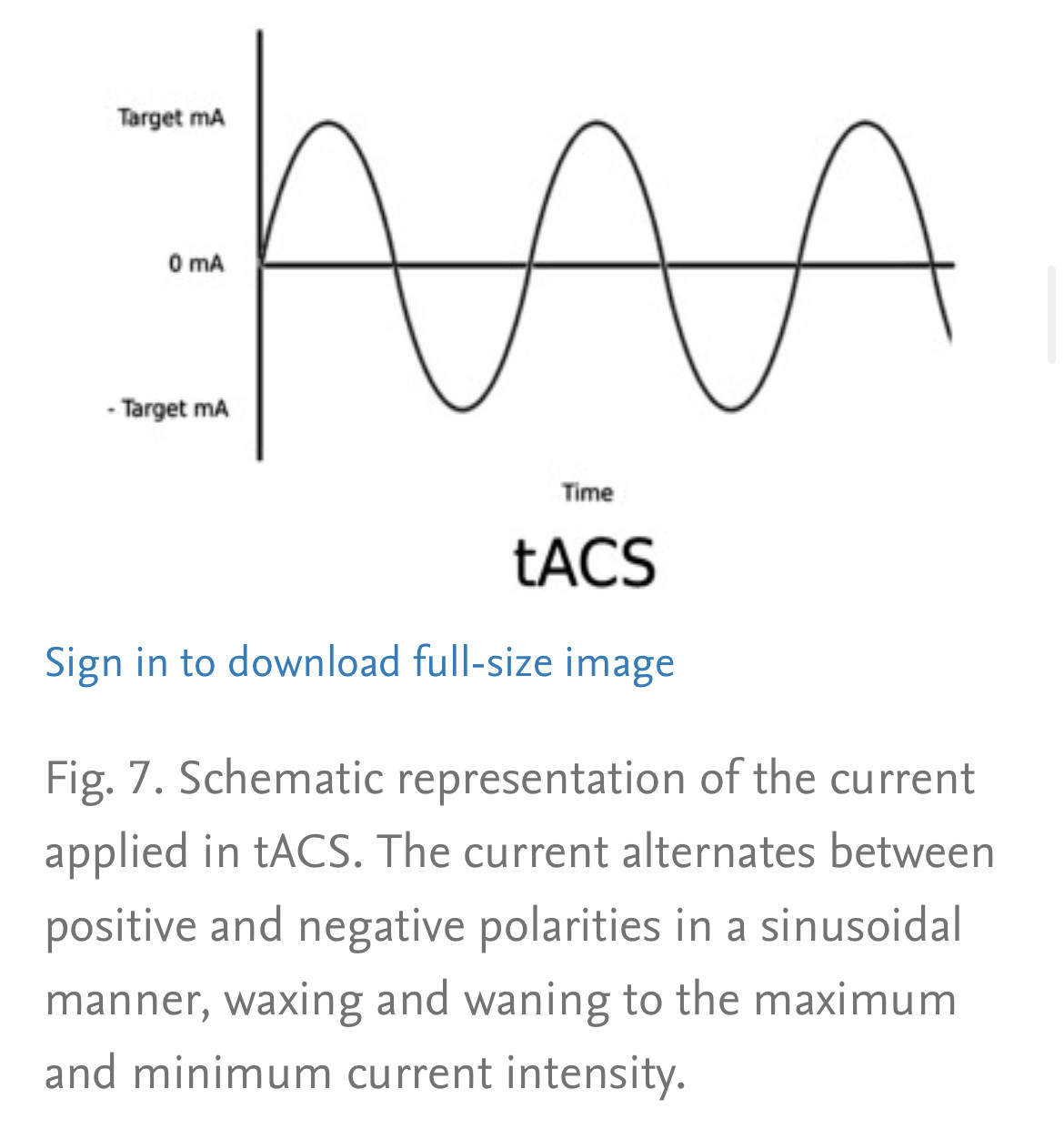Authentic Citizen
@Socrates
29 January, 03:19
Notice: Undefined index: tg1tga_access in /home/admin/www/anonup.com/themes/default/apps/timeline/post.phtml on line 396
The Mac
@TheMac
04 February, 06:30
In response Authentic Citizen to his Publication
Notice: Undefined index: tg1tga_access in /home/admin/www/anonup.com/themes/default/apps/timeline/post.phtml on line 396
The Mac
@TheMac
04 February, 06:33
In response The Mac to his Publication
The system of claim 1, wherein at least said first content comprises varying visuals provided to said user via a display on said mobile device.
3. The system of claim 2, wherein said at least one sensor comprises at least one camera on said mobile device.
4. The system of claim 3, wherein said at least one camera on said mobile device is used to capture changes in said user's pupil from a dilated state in response to changes from a first visual to a second visual provided by said display on said mobile device.
5. The system of claim 1, wherein said emotional state comprises at least one of happiness, sadness, surprise, anger, disgust, fear, euphoria, attraction, love, arousal, calmness, amusement, excitement, tiredness, hunger, thirst, well-being, sick, failure, triumph, interest, enthusiasm, animation, reinvigoration, and satisfaction.
3. The system of claim 2, wherein said at least one sensor comprises at least one camera on said mobile device.
4. The system of claim 3, wherein said at least one camera on said mobile device is used to capture changes in said user's pupil from a dilated state in response to changes from a first visual to a second visual provided by said display on said mobile device.
5. The system of claim 1, wherein said emotional state comprises at least one of happiness, sadness, surprise, anger, disgust, fear, euphoria, attraction, love, arousal, calmness, amusement, excitement, tiredness, hunger, thirst, well-being, sick, failure, triumph, interest, enthusiasm, animation, reinvigoration, and satisfaction.
Notice: Undefined index: tg1tga_access in /home/admin/www/anonup.com/themes/default/apps/timeline/post.phtml on line 396
The Mac
@TheMac
04 February, 06:43
In response The Mac to his Publication
As the 2010s have been dubbed “the decade of the smartphone”, it’s no surprise that extensive research has been conducted in this area. One finding which seems to be mentioned everywhere is “blue light”. This is the light which is emitted from our phones, tablets and laptops and, sadly, it has been found to have negative effects on our eye health. Studies suggest that it has “a potential to lead to macular degeneration”, bypassing the pupil and cornea to beam directly into the retina
Notice: Undefined index: tg1tga_access in /home/admin/www/anonup.com/themes/default/apps/timeline/post.phtml on line 396
The Mac
@TheMac
04 February, 06:45
In response The Mac to his Publication
At a Glance
Dysfunction and death of retinal cells, and consequent vision loss, can be inhibited by direct electrical stimulation of vulnerable cells in the visual pathway
We achieve this effect not by invasive, bulky implants that generate unnatural visual stimuli, but by intravitreal injection of a colloidal suspension of nanoparticle devices that support natural vision
These “quantum dots” diffuse into the retina where they transduce visible light energy into electricity, thereby triggering action potentials in adjacent neural cells and preserving function
Dysfunction and death of retinal cells, and consequent vision loss, can be inhibited by direct electrical stimulation of vulnerable cells in the visual pathway
We achieve this effect not by invasive, bulky implants that generate unnatural visual stimuli, but by intravitreal injection of a colloidal suspension of nanoparticle devices that support natural vision
These “quantum dots” diffuse into the retina where they transduce visible light energy into electricity, thereby triggering action potentials in adjacent neural cells and preserving function
Notice: Undefined index: tg1tga_access in /home/admin/www/anonup.com/themes/default/apps/timeline/post.phtml on line 396
The Mac
@TheMac
04 February, 06:47
In response The Mac to his Publication
Gain-of-function Mutation. MGI Glossary. Definition. A type of mutation in which the altered gene product possesses a new molecular function or a new pattern of gene expression.
Notice: Undefined index: tg1tga_access in /home/admin/www/anonup.com/themes/default/apps/timeline/post.phtml on line 396
The Mac
@TheMac
04 February, 06:49
In response The Mac to his Publication
In optogenetic systems, engineered photoreceptor proteins are used to transduce a light stimulus, ultimately resulting in enhanced or reduced gene expression [12], [13]. The photoreceptors are typically bound to a chromophore, a small molecule ligand that undergoes a chemical change upon light absorption.
Notice: Undefined index: tg1tga_access in /home/admin/www/anonup.com/themes/default/apps/timeline/post.phtml on line 396
The Mac
@TheMac
04 February, 06:49
In response The Mac to his Publication
Quantum dot light-emitting diodes (QLEDs) are a class of high-performance solution-processed electroluminescent (EL) devices highly attractive for next-generation display applications.
Notice: Undefined index: tg1tga_access in /home/admin/www/anonup.com/themes/default/apps/timeline/post.phtml on line 396
The Mac
@TheMac
04 February, 06:51
In response The Mac to his Publication
by M Han · 2022 · Cited by 4 — In this review, we unravel the fundamentals of quantum-dot-based optoelectronic biointerfaces and discuss their neuromodulation mechanisms ...
Notice: Undefined index: tg1tga_access in /home/admin/www/anonup.com/themes/default/apps/timeline/post.phtml on line 396
The Mac
@TheMac
04 February, 06:53
In response The Mac to his Publication
Well-designed biointerfaces would facilitate desirable interactions by providing optimized surfaces where biological matter can interact with other inorganic or organic materials, such as by promoting cell and tissue adhesion onto a surface.[2]
Topics of interest include, but are not limited to:
Neural interfaces
Cells in engineered microenvironments and regenerative medicine
Computational and modeling approaches to biointerfaces
Membranes and membrane-based biosensing
Peptides, carbohydrates and DNA at biointerfaces
Pathogenesis and pathogen detection
Molecularly designed interfaces
Nanotube/nanoparticle interfaces
Related fields for biointerfaces are biomineralization, biosensors, medical implants, and so forth.
Topics of interest include, but are not limited to:
Neural interfaces
Cells in engineered microenvironments and regenerative medicine
Computational and modeling approaches to biointerfaces
Membranes and membrane-based biosensing
Peptides, carbohydrates and DNA at biointerfaces
Pathogenesis and pathogen detection
Molecularly designed interfaces
Nanotube/nanoparticle interfaces
Related fields for biointerfaces are biomineralization, biosensors, medical implants, and so forth.
Notice: Undefined index: tg1tga_access in /home/admin/www/anonup.com/themes/default/apps/timeline/post.phtml on line 396
The Mac
@TheMac
04 February, 06:55
In response The Mac to his Publication
Neuromodulation is defined by the International Neuromodulation Society (INS) as a field of science, medicine, and bioengineering that encompasses implantable and non-implantable technologies, electrical or chemical, that impact upon neural interfaces to improve life for humanity.
From: Neuromodulation, 2009
Related terms:
Eicosanoid ReceptorCholinergicParkinson's DiseaseSeizureTranscranial Direct Current StimulationTranscranial Magnetic StimulationDeep Brain StimulationNeurotransmitterSpinal Cord Stimulation
From: Neuromodulation, 2009
Related terms:
Eicosanoid ReceptorCholinergicParkinson's DiseaseSeizureTranscranial Direct Current StimulationTranscranial Magnetic StimulationDeep Brain StimulationNeurotransmitterSpinal Cord Stimulation
Notice: Undefined index: tg1tga_access in /home/admin/www/anonup.com/themes/default/apps/timeline/post.phtml on line 396
Transcranial Direct Current Stimulation
tDCS involves delivery of weak direct currents (0.5–2.0 mA) to the targeted cortical area using saline-soaked electrodes with a battery-powered generator. Depending on the polarity of stimulation, tDCS can upregulate or downregulate cortical excitability. Anodal tDCS facilitates cortical excitability while cathodal tDCS inhibits cortical excitability. The typical tDCS electrode montage for motor cortex stimulation involves the active electrode to be placed on the motor cortex (focally targeted using single-pulse TMS) and the reference electrode over the contralateral supraorbital region. Other bilateral montages, such as placement of two active electrodes over either motor cortex and two supraorbital reference electrodes, or one active electrode over the motor cortex and the reference electrode over the other motor cortex, have also been explored.
tDCS involves delivery of weak direct currents (0.5–2.0 mA) to the targeted cortical area using saline-soaked electrodes with a battery-powered generator. Depending on the polarity of stimulation, tDCS can upregulate or downregulate cortical excitability. Anodal tDCS facilitates cortical excitability while cathodal tDCS inhibits cortical excitability. The typical tDCS electrode montage for motor cortex stimulation involves the active electrode to be placed on the motor cortex (focally targeted using single-pulse TMS) and the reference electrode over the contralateral supraorbital region. Other bilateral montages, such as placement of two active electrodes over either motor cortex and two supraorbital reference electrodes, or one active electrode over the motor cortex and the reference electrode over the other motor cortex, have also been explored.
06:57 AM - Feb 04, 2023
In response The Mac to his Publication
Only people mentioned by TheMac in this post can reply
The Mac
@TheMac
04 February, 06:58
In response The Mac to his Publication
The short-term mechanisms of tDCS are widely different from rTMS protocols in that they do not induce neuronal firing by suprathreshold neuronal membrane depolarization, but rather modulate spontaneous neuronal network activity by changing activity in the neuronal membrane potential. The aftereffects of tDCS, which outlasts the period of stimulation, similar to rTMS, may involve LTP- and LTD-like synaptic plasticity.
Notice: Undefined index: tg1tga_access in /home/admin/www/anonup.com/themes/default/apps/timeline/post.phtml on line 396
The Mac
@TheMac
04 February, 07:00
In response The Mac to his Publication
tACS is similar to tDCS in many aspects but uses oscillating electrical currents at particular frequencies, instead of a direct current, and its main aim is to modulate intrinsic oscillatory activity in the brain (Fig. 7).
Notice: Undefined index: tg1tga_access in /home/admin/www/anonup.com/themes/default/apps/timeline/post.phtml on line 396



